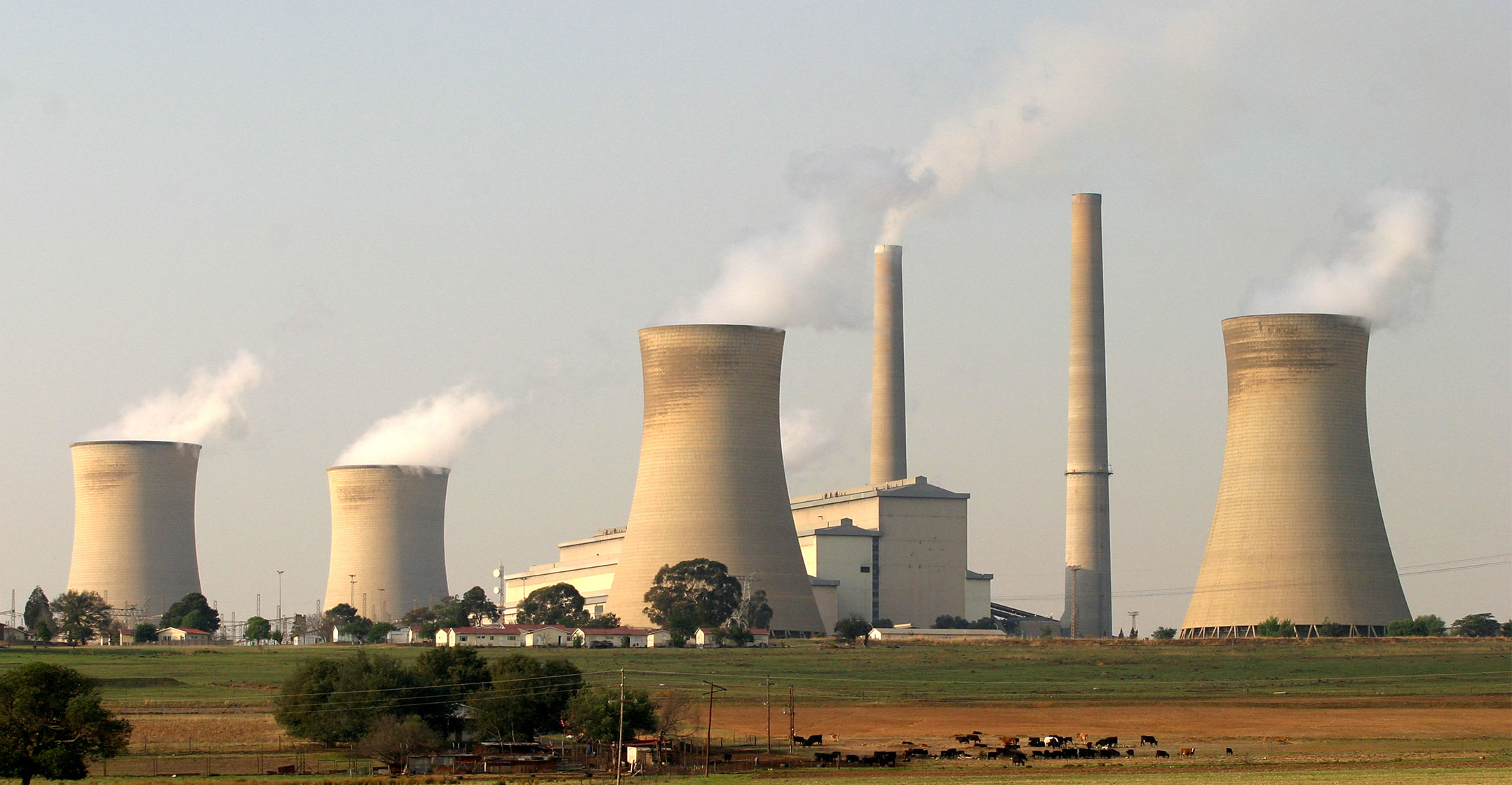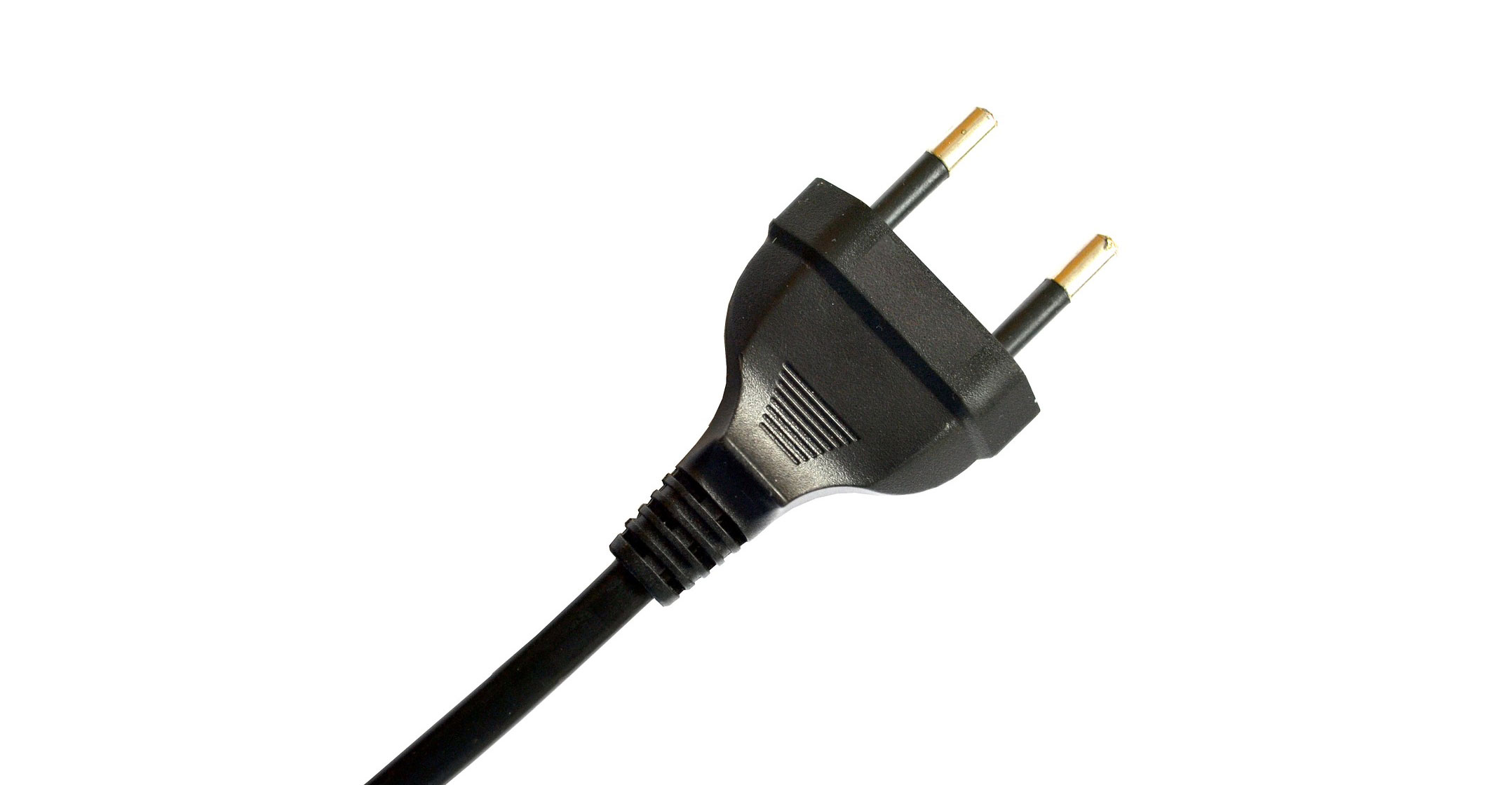
Load shedding costs the South African economy at least R2.1-billion a day.
The actual amount is probably much higher as this figure was calculated back in 2007/2008 when load shedding was rolled out for 23 days. At the time, energy regulator Nersa determined the cost of not supplying electricity in South Africa to be R75/kWh.
Economists estimate that the South African economy could have been 10% larger by the end of 2014 if it had not been for crippling power shortages. That 10% translated to more than R300-billion — or more than one million job opportunities — lost.
And it could all have been avoided. In 1996, Eskom warned the South African government for the first time that the country was running out of electricity. It laid out predictions for future energy demand and explained that new power stations were needed. It then asked for approval for a new build programme.
The request was turned down.
In 1998, the government was warned again that the country was running out of electricity. This warning, too, led to nothing and in November 2007, as predicted, South Africa ran out of electricity and load shedding struck for the first time.
The period from 2007/2008 to 2015 was chaotic for Eskom due in large part to turmoil in the leadership structures at the utility. Over the last 10 years, Eskom has had 10 CEOs and six boards. Never mind the multitude of energy ministers and ministers of public enterprises, critical in determining policy.
The Eskom leadership roller-coaster ride under the Zuma presidency caused three gigantic problems, contributing massively to the chaos we are in today.
These were: Eskom’s financial challenges, Eskom’s new build programme (years behind schedule and over budget) and the shocking deterioration of Eskom’s existing power plants, mainly due to a lack of proper maintenance.
Molefe’s mess
In 2015, Brian Molefe was appointed as CEO, which was initially welcomed by everyone including this writer. Finally there would be stability and progress. Instead, Molefe proved to be a big disappointment to put it mildly, and the result is that today, three years later, load shedding makes a return with vengeance.
There can be no doubt that Eskom today is probably in the worst position it has ever been, and the potential repercussions are dire.
In 2008, Eskom held an A1 investment grade credit rating. Last week, ratings agency Standard & Poor’s maintained Eskom’s rating at CCC+, several levels deep into junk territory (and with a negative outlook). This is a company that is making record multibillion-rand losses every year and is expecting its debt to increase from R387-billion to R600-billion within the next four years (as per its results presentation for the year to 31 March 2018).
In 2014, the total debt was R255-billion.
 Eskom must borrow money to repay its debt obligations.
Eskom must borrow money to repay its debt obligations.
How does this affect regular South Africans?
In 2009, Eskom was selling 1kWh of electricity for 24c. Next year, it is projected to be 97c. That is a fourfold increase and excludes the added costs that municipalities levy.
These tariffs are set to increase exponentially over the next few years as this is the most viable way for Eskom to get out of its hole.
Municipalities, especially in rural areas, already and increasingly cannot afford to settle their accounts with Eskom. At the end of March 2014, total municipal debt to Eskom was R2.6-billion.
Fast-forward to 31 March 2018 and total municipal arrear debt had increased to R13.6-billion. The top 20 defaulting municipalities constituted 82% of total municipal arrears debt, almost 48% of which is owed by Free State municipalities (the province whose ex-premier became ANC secretary-general in December 2017). In total, 23 municipalities of 257 in the country today have a total arrears debt of more than R100-million each.
These numbers exclude the total arrears debt of Soweto.
Soweto’s debt is notable because of the size and the difference in response compared to poor, rural municipalities. (It is important to note that Soweto is not a municipality and is provided with power directly by Eskom.) The total Soweto debt, including interest, was R8.6-billion at 31 March 2015. Total invoiced Soweto debt at 31 March this year was R12-billion, of which arrears debt constituted about 98%.
In addition, Soweto’s debt was written off in 2003. So this is new debt.
Political
While poor councils in rural areas are being cut off regularly, this is not the case for Soweto and the only explanation can be political. Sowetan votes are presumably more valuable than the votes of rural South Africans.
How bad can things get?
The very worst thing that could happen to South Africa in terms of electricity is a blackout or total grid collapse. There is no worse scenario. Consider the fact that in the event of a blackout there will be no power in the country for weeks, if not months. The impact of that could be catastrophic, and this is the real reason behind load shedding.
Eskom uses load shedding to reduce the burden on the power system to prevent a total shutdown of the entire grid. A shutdown that would take a long time to get back up again. It should, of course, never have got this far.
In 2015, I published a book called Blackout: The Eskom Crisis, in which I wrote the following:
Load shedding, although annoying, is one of the most important measures to prevent a grid collapse. It is possible to prevent a blackout from happening simply by increasing the levels of load shedding. While I do not expect a huge blackout, it would not be surprising if load shedding stages 1-4 were to be expanded significantly over the months and years to come. South Africans may yet experience load shedding as severe as eight to 12 hours per day.
For a while, it seemed as if Eskom was getting things right and I was happy to be proven wrong.
In May 2016, former President Jacob Zuma even promised that South Africa will “never, ever, ever again” have load shedding. In August 2016, Molefe told parliament that “it would be very hard to go into load shedding”.
At the time I was quoted as saying “it would be foolish to rule out any future load shedding”. Some slammed me for being alarmist and pessimistic. Today the facts tell another story. Not only has load shedding returned, but Eskom is now considering expanding load shedding from stage 4 to a never-before-seen stage 8 scenario where up to 8GW of electricity could be cut off from the supply system. At that level of load shedding, power cuts could last up to 12 hours per day. Bear in mind, this is still preferable to a blackout.
 What can be done?
What can be done?
The major things that need to happen — things that Eskom and the government were aware of five years ago and earlier — are all medium to long term in nature and won’t alleviate the short-term crisis. These include creating an independent electricity grid and breaking up Eskom as a company into generation and transmission. This will simply better enable the private sector to get more involved.
The same applies for coal mining. In 2009, Eskom said that South Africa would need 40 new coal mines by 2020. Those were not forthcoming at all and now Eskom is running out of coal.
There are other things that need to happen, yet none of these will stop the current short-term problems.
Some immediate actions that should be considered:
- An immediate audit of every one of Eskom’s 130-odd power generating units. Their ability to keep operating must be determined — and if there are problems, thorough maintenance must be prioritised, even if it comes at the cost of even more immediate load shedding and short-term pain.
- An immediate assessment must be done on the current ongoing build programme. I would suggest considering stopping the Medupi and Kusile power station build programmes entirely. The remaining units to be completed are going to come at too great a cost for a company that is essentially bankrupting itself and the country. The remaining units could be completed in future.
- Look at coal exports. Could these be reprioritised to ensure that Eskom gets better grade coal instead of coal miners exporting product that is sorely needed at home — perhaps via a tax break to the companies involved?
- Finally, a simple one — cut out the middlemen, regardless of BEE points. A deal must be negotiated directly with Chevron or Engen for diesel to run turbines. It is unfathomable that Eskom doesn’t procure diesel directly from the suppliers at what would surely be a much cheaper rate.
James-Brent Styan is the author of Blackout: The Eskom Crisis (Jonathan Ball Publishers SA, 2015). He writes in his personal capacity.
- This column was originally published on Moneyweb and is used here with permission

